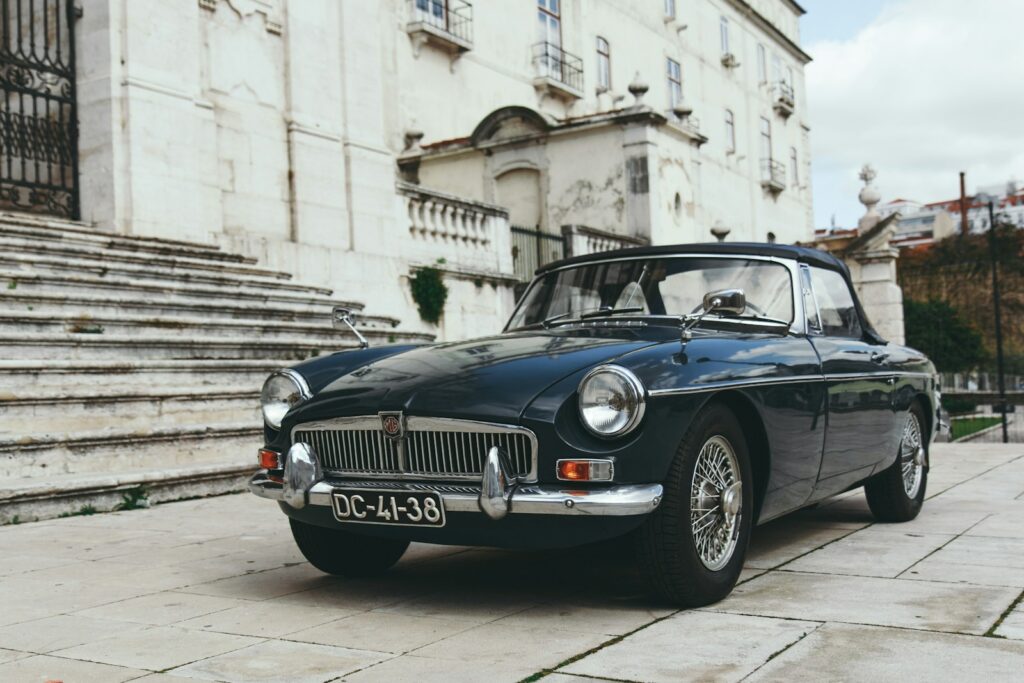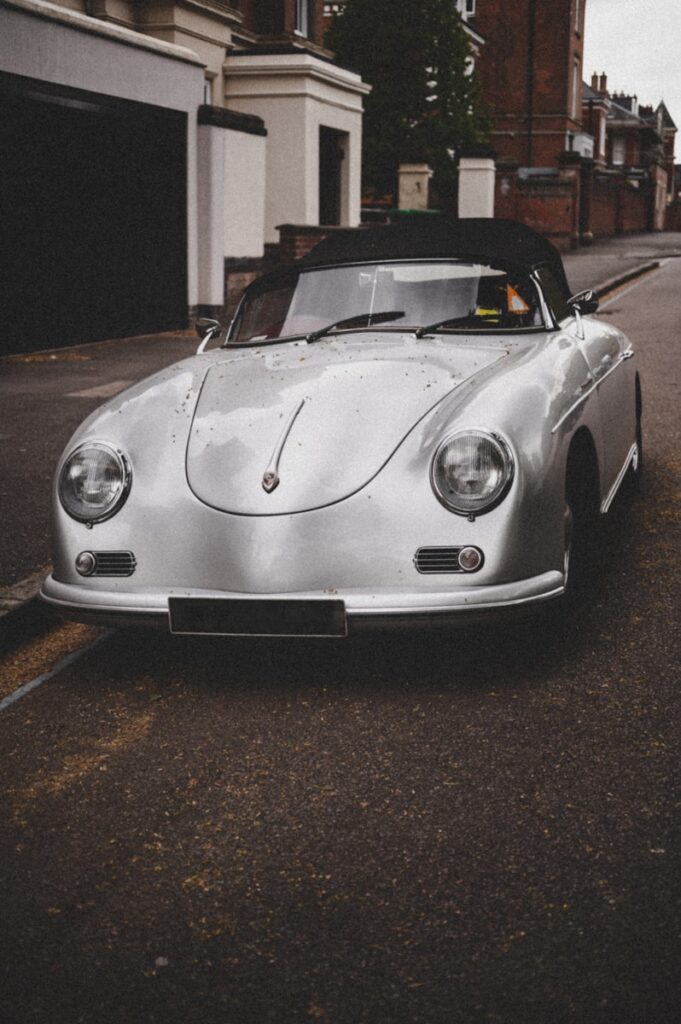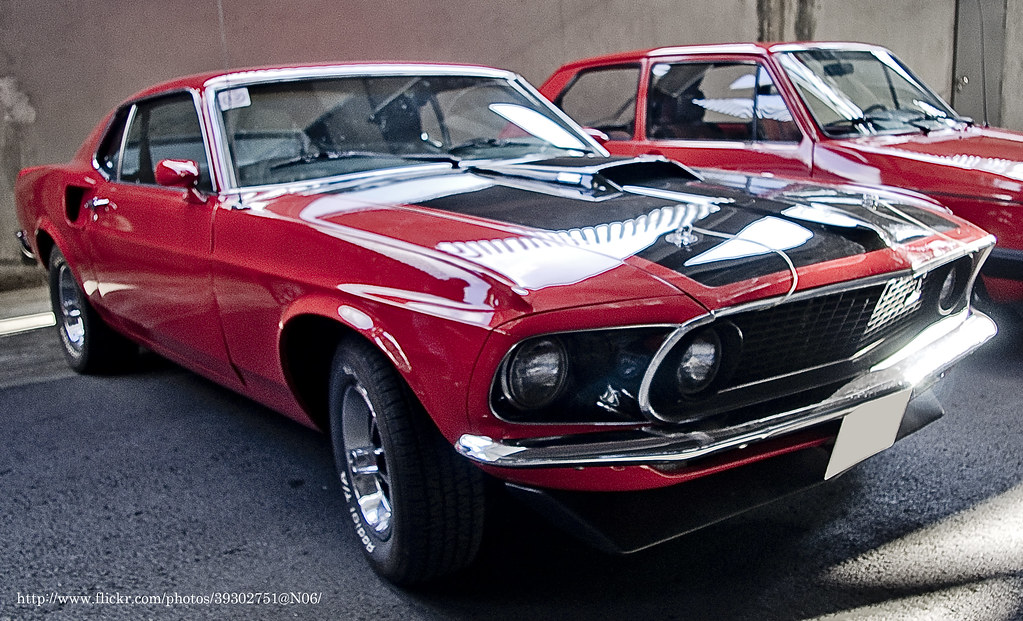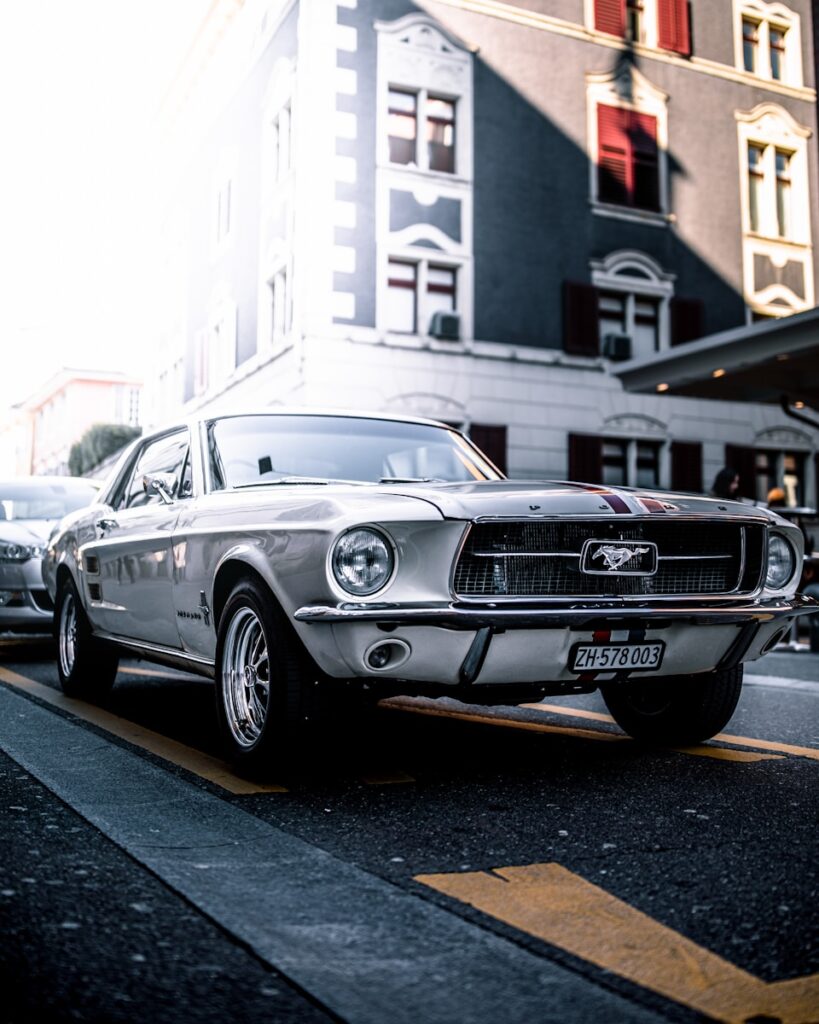
The roar of an engine, the gleam of polished chrome, the graceful curves of a bygone era—these are the sights and sounds that draw millions to classic car shows across the nation, making them more popular than ever. In a world increasingly dominated by digital screens and ephemeral trends, the enduring allure of vintage automobiles offers a tangible connection to the past, a celebration of craftsmanship, and a vibrant community spirit that captivates enthusiasts of all ages. These gatherings are far more than mere displays of old vehicles; they are living museums, cultural touchstones, and thrilling showcases of human ingenuity and passion.
What is it about these magnificent machines that continues to ignite such widespread enthusiasm? The appeal of classic cars is a multifaceted phenomenon, woven from threads of personal nostalgia, a deep appreciation for engineering artistry, and the unique satisfaction derived from their ownership and preservation. Whether it’s the thrill of discovering a rare gem, the camaraderie found within the collecting community, or the sheer joy of a hands-on restoration project, classic cars and their dedicated shows provide a rich tapestry of experiences that resonate deeply with a broad audience. This article will delve into the primary reasons why these automotive treasures, and the events celebrating them, maintain such an unyielding grip on our collective imagination.
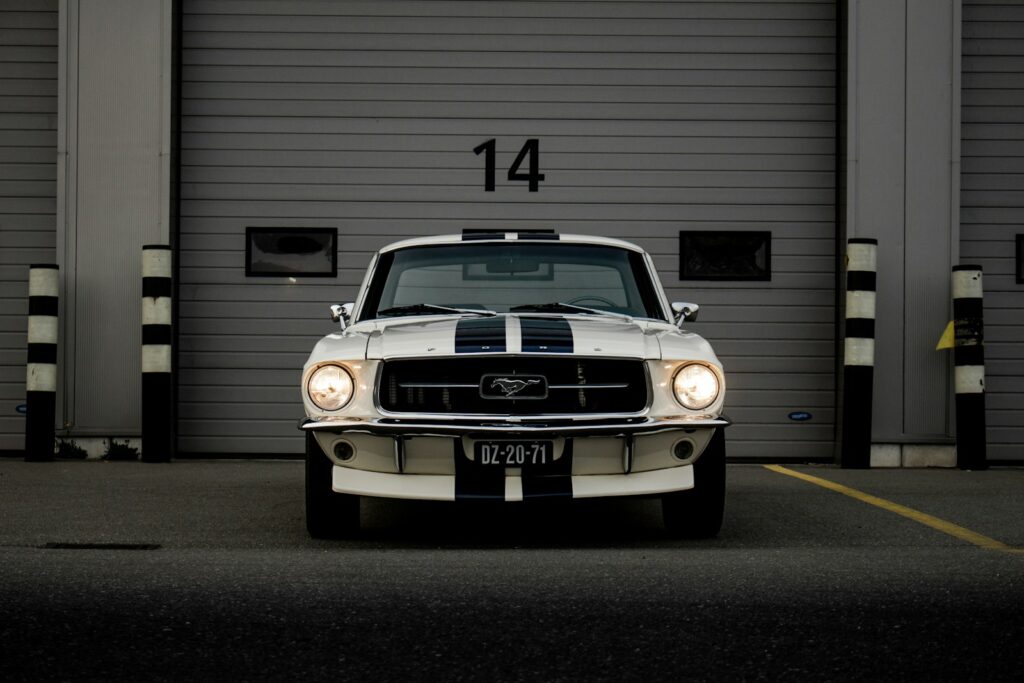
1. **Nostalgia and Emotional Connection**:The powerful current of nostalgia flows deeply through the heart of classic car appreciation, acting as a primary magnet for enthusiasts. These vehicles are far more than mere modes of transportation; they are potent symbols of bygone eras, embodying the culture, aesthetics, and values of times past. For countless individuals, seeing or owning a classic car sparks fond memories of their youth, evokes the simplicity of family road trips, or provides a cherished connection to their personal history, effectively transporting them back to a “simpler time.”
This emotional resonance is a significant motivator, allowing collectors to relive past experiences or uphold cherished family traditions. The charm of chrome finishes, bold designs, and the evocative rumble of vintage engines stir a collective sentiment that celebrates automotive ingenuity and American identity. The design, sounds, and feel of a vintage car truly take people back, making the classic car an integral part of their personal story, imbued with profound emotional value and pride in preserving history.
Beyond personal recollections, classic cars offer a tangible link to history itself. Each vehicle acts as a time capsule, reflecting the design trends, technological advancements, and societal aspirations of its era. This ability to glimpse and physically interact with a “slice of the past” fosters deep appreciation for the craftsmanship and innovation of earlier generations.
Read more about: Beyond the Limelight: How Small-Town America Preserves the Echoes of Its Celebrities
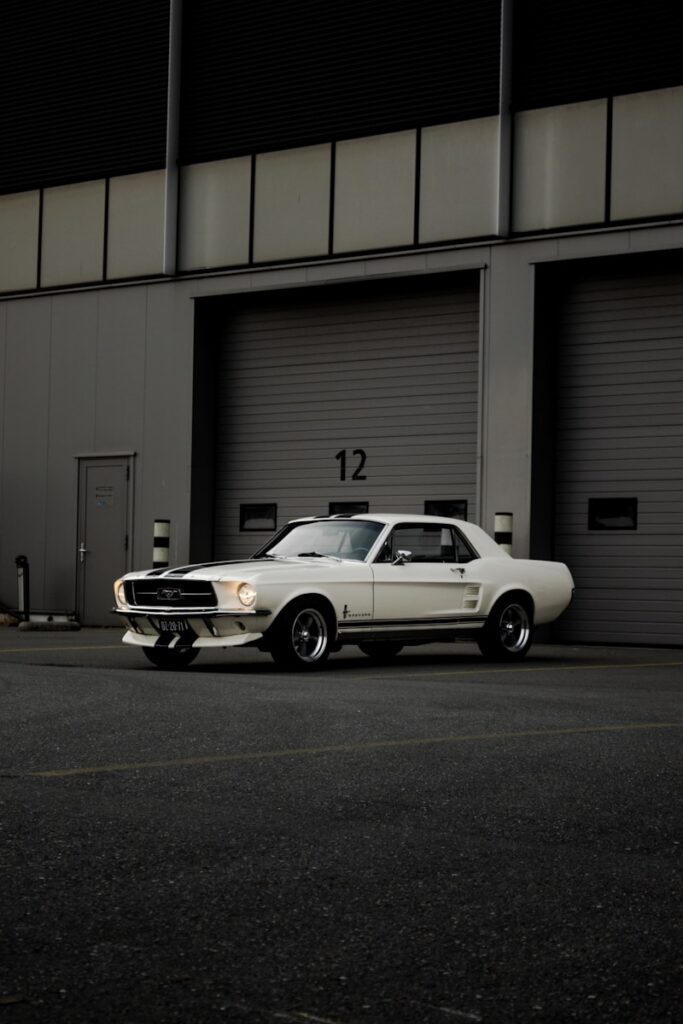
2. **Appreciation for Craftsmanship and Engineering**:At the core of the classic car’s enduring appeal lies a profound appreciation for the superior craftsmanship and ingenious engineering that defined their creation. Unlike many modern vehicles, classic cars are admired for their unique design features and the meticulous attention to detail that went into their manufacturing—qualities that contemporary mass production has, to some extent, diminished. Whether it is the exquisite hand-stitched leather interiors or gleaming chrome finishes, classic cars stand as a testament to the quality and artistry of a bygone era.
The “art of craftsmanship” in classic cars reflects the ingenuity and creativity that characterized the automotive industry’s golden age. Many of these vehicles were “hand-built with meticulous care,” utilizing high-quality materials that imbued them with exceptional durability and an undeniable charm. Far from today’s automated assembly lines, these cars were the direct result of skilled artisans and engineers collaborating harmoniously to produce machines that were both functional and aesthetically beautiful, emphasizing quality to ensure each classic car was “built to last.”
Collectors are also deeply drawn to the mechanical engineering inherent in these vehicles. Classic cars provide a distinctly mechanical experience that greatly appeals to enthusiasts who relish working on or restoring them. It presents a rewarding challenge to maintain or improve these intricate mechanical wonders, keeping them actively and intellectually engaged. This hands-on process not only imparts valuable technical skills but also fosters a deeper appreciation for the complex details of vintage automotive engineering.
Read more about: The Timeless Call of the Open Road: 15 Iconic American Drives Perfect for Your Classic Car
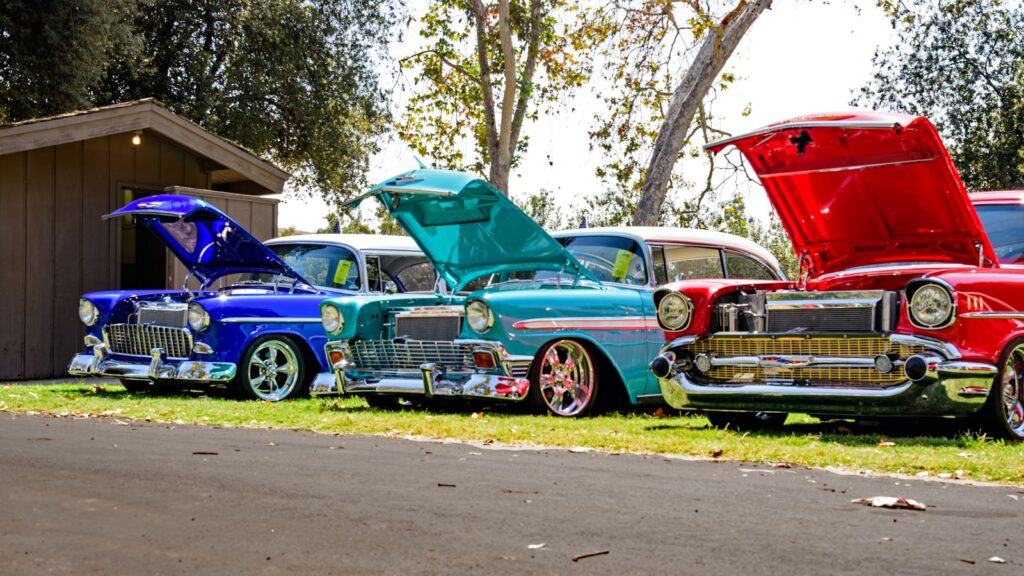
3. **Investment Potential**:Beyond their aesthetic and emotional appeal, classic cars have emerged as a surprisingly astute investment opportunity, attracting savvy enthusiasts who view them as valuable assets that often appreciate over time. The market forces determining a vehicle’s value consistently favor classic cars due to their inherent rarity and timelessness. As the demand for these iconic vehicles remains high, their prices naturally ascend, making them a compelling option for those looking to diversify their investment portfolios.
The rarity of certain classic models is a primary driver of their investment potential. Limited production numbers, discontinued models, and unique features contribute significantly to their desirability in the collector’s market. “No matter what happens in the world, if your vehicle is iconic, there will always be a demand for it,” asserts the text, highlighting the enduring appeal and intrinsic value of these automobiles. For investors, a meticulously maintained classic car has the potential to appreciate substantially, often outperforming traditional investments like stocks or real estate.
While some within the classic car community might label investors as “non-purists,” the context clearly acknowledges that these individuals have “valid reasons and can contribute to the market.” Their interest, even if primarily financially motivated, helps generate hype that is “sufficient to maintain their appeal,” indirectly benefiting the entire classic car ecosystem. This blend of financial acumen with genuine passion underscores the multifaceted nature of the classic car’s position in the investment landscape.
Read more about: 10 Costly Errors First-Time RV Buyers Make That Could Derail Your Dream Trip
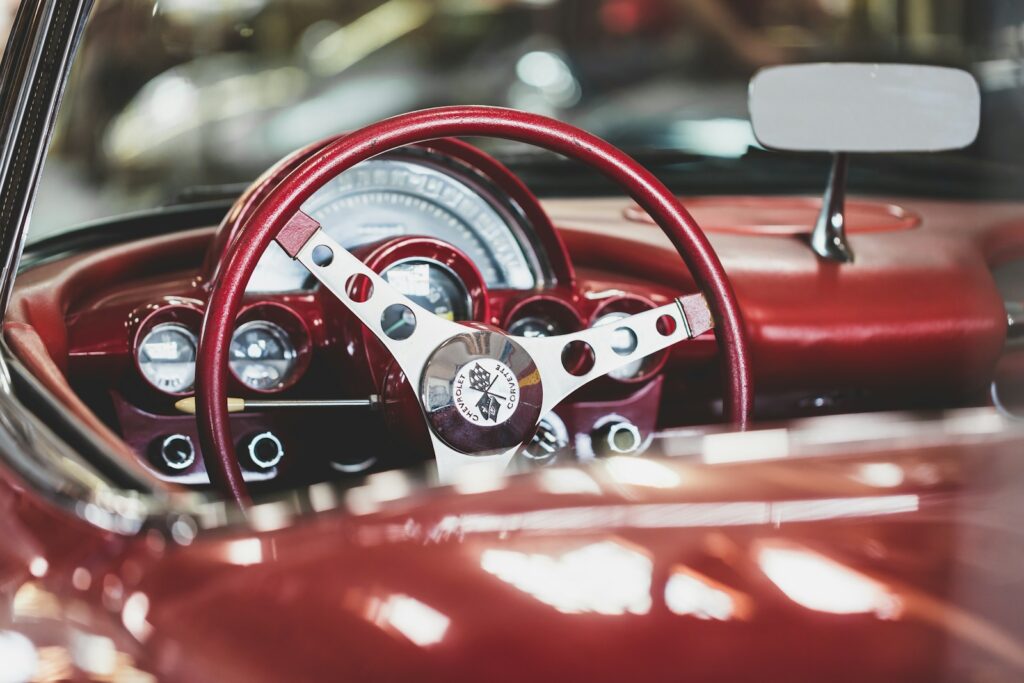
4. **Social Aspect and Community Engagement**:The world of classic cars is not just about solitary appreciation; it thrives as a vibrant, interconnected community that offers deep social engagement and camaraderie. Classic car collecting inherently brings enthusiasts together through a diverse array of events, including car shows, races, and informal meetups. These gatherings provide invaluable opportunities for collectors to connect, swap stories, exchange restoration advice, and passionately share their mutual love for vintage automobiles, transforming a personal hobby into a shared cultural experience.
This robust social component often blossoms into lasting friendships and opens doors to new experiences. Whether participants join a local car club, attend national events, or frequent online forums and social media groups, the overwhelming “sense of camaraderie is a big draw.” These platforms have made it “easier than ever for collectors to share knowledge, trade parts, and showcase their prized vehicles,” creating a truly global network of like-minded individuals. For many, the profound connections forged through classic car collecting significantly amplify the hobby’s rewards.
Classic car shows, in particular, serve as central hubs for this community interaction. They are not merely venues for display but active spaces where attendees can “exchange restoration tips, share stories, and discuss technological advancements from different time periods.” This dynamic interaction fosters a collective environment where “experts” and novices alike can learn and grow. The social aspect also acts as a powerful magnet for younger generations, encouraging them to develop an interest in automotive history.
Read more about: The Autonomous Age: How Driverless Tech is Set to Revolutionize Senior Mobility, Independence, and Community Connection
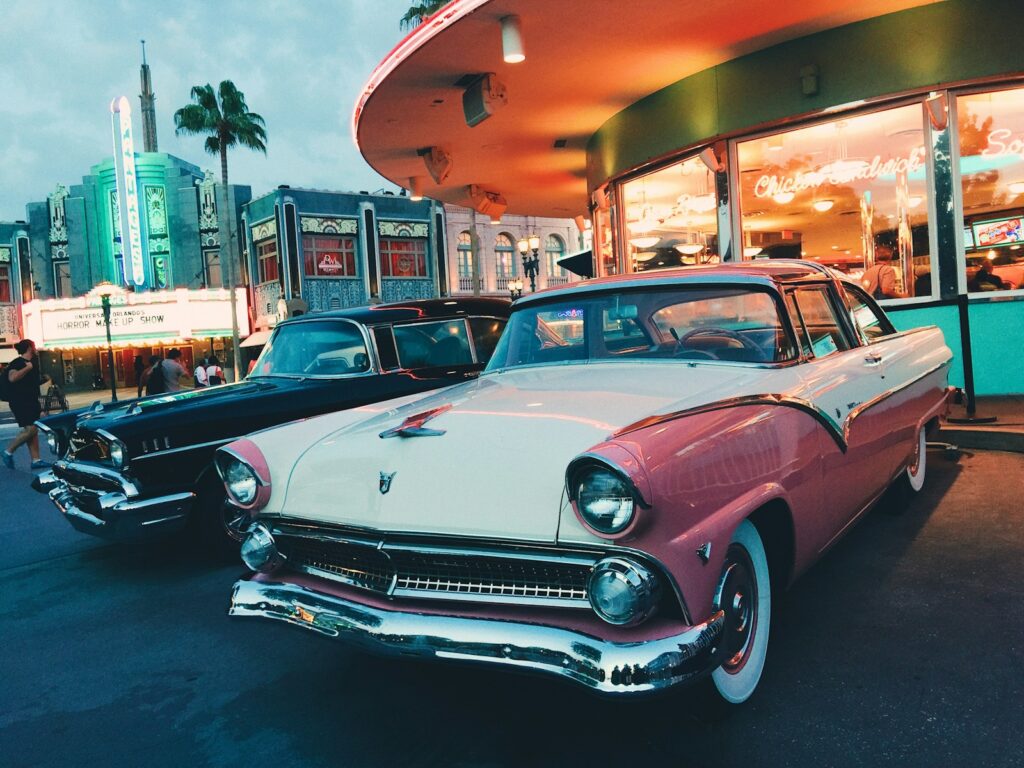
5. **The Thrill of Restoration**:For a significant segment of classic car enthusiasts, the appeal of these vintage machines culminates in the profound “thrill of restoration.” This process of bringing a dilapidated or worn-out vehicle back to its original glory is portrayed not just as a mechanical task, but as a “deeply personal journey” that effectively taps into a person’s creativity, skill, and an abiding passion for automotive history. It represents a hands-on challenge that many collectors find utterly irresistible and immensely satisfying.
Restoring classic cars offers a “hands-on experience that few other hobbies can match.” Enthusiasts find immense gratification in the tangible results of their labor: “every bolt tightened and every coat of paint applied is a step closer to bringing a piece of history back to life.” This engagement teaches invaluable technical skills, providing a “deeper appreciation for the intricate details of vintage automotive engineering.” It transforms a derelict object into a testament of personal dedication, embodying a true “labor of love” that is both challenging and incredibly rewarding.
The restoration journey is also a continuous learning experience. Many collectors immerse themselves in researching the original specifications of a car, meticulously sourcing the correct parts to ensure an authentic and historically accurate restoration. This commitment to detail, combined with the practical application of mechanical and artistic skills, makes the restoration process a fulfilling pursuit. The personal satisfaction derived from “bringing a car back to life” is consistently highlighted as one of the most compelling reasons why individuals continue to dedicate themselves to classic car collecting.
Read more about: The Enduring Echo: Powerful Automotive Slogans That Refuse to Vanish From the Airwaves
6. **Timeless Style and Unique Design**:Classic cars are universally celebrated for their “timeless style and distinctive designs,” qualities that continue to captivate observers decades after their initial production. From their sleek body lines to their meticulously crafted interiors, vintage automobiles exude an unparalleled level of elegance that effortlessly captures the eye even today. While modern cars boast advanced technology, they often struggle to replicate the “distinct charm of a well-designed classic car,” affirming the enduring aesthetic appeal of these automotive icons.
The unique designs of classic cars are a powerful source of their nostalgic quality, directly reflecting the cultural and artistic trends of their respective eras. Every curve, every sweeping tail fin, and every chrome-laden grille was “thoughtfully created to make a statement.” Designers of the past enjoyed greater “creative freedom,” unconstrained by the stringent aerodynamic and safety standards that shape contemporary vehicle design. This liberation resulted in cars that were as much about “personal expression” as they were about transportation, cementing their status as timeless symbols of individuality and style.
Collectors are drawn to these designs not merely for their inherent beauty but also for their profound uniqueness. The visual impact of a classic car is undeniable, leaving “a lasting impression” and enabling certain models to “stand out in a crowd.” Whether one admires the raw power aesthetics of muscle cars or the refined elegance of luxury sedans, the enduring artistry of classic car designs consistently sparks conversations and admiration. They transcend mere functionality, becoming rolling pieces of art that symbolize an era’s peak in automotive design.
Read more about: The Best Convertible Cars for Cooler Climates: Our Top Picks for Year-Round Open-Top Driving
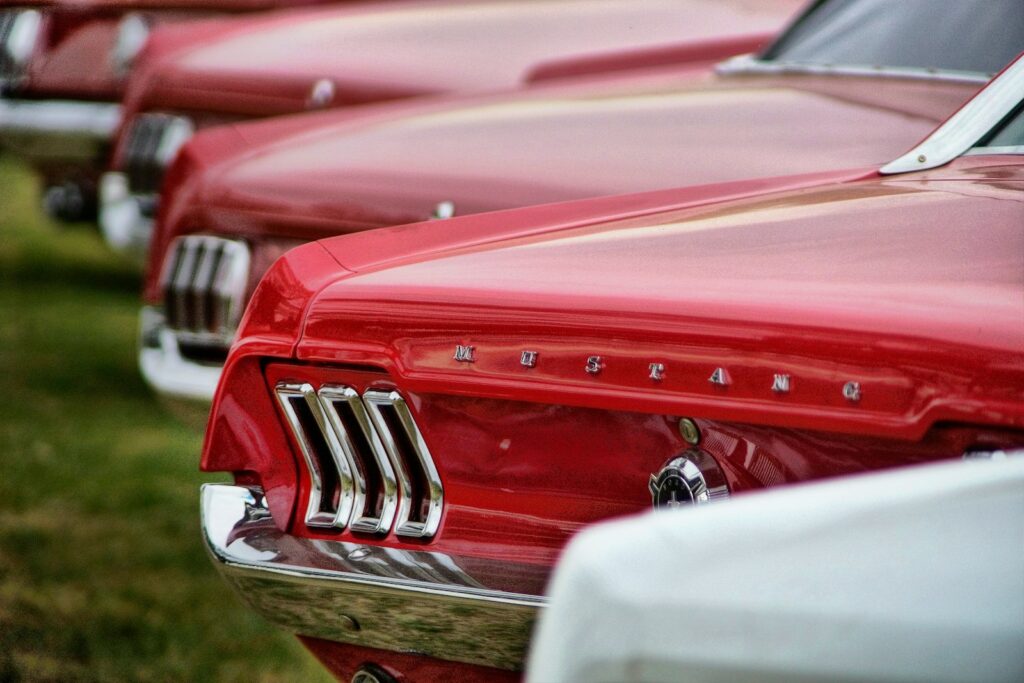
7. **The Thrill of the Hunt**:One of the most exhilarating and often addictive aspects of classic car collecting is undeniably “the thrill of the hunt.” The quest to find a rare, specific, or highly sought-after vintage vehicle, whether through obscure private sales, competitive auctions, or word-of-mouth leads, provides collectors with an immense “sense of accomplishment.” It is widely acknowledged that locating the ideal car in pristine or restorable condition is rarely an easy task, and it is precisely this challenge that transforms the search itself into a significant part of the overall enjoyment of the hobby.
Collectors often experience profound “sense of pride when they successfully acquire a car they’ve been searching for.” The journey to find that perfect vehicle can be extensive, filled with research, travel, and negotiation, yet it is this very process that imbues the eventual discovery with such deep satisfaction. The excitement of uncovering a hidden gem, perhaps one that has been overlooked or undervalued, and then finally adding it to one’s cherished collection, provides a unique rush of achievement that fuels further engagement in the hobby.
This “thrill of the hunt” also serves as an invaluable educational experience, offering “opportunities to learn more about the car industry and its history.” The diligent pursuit of a specific model requires extensive research into its production details, historical context, and market value, deepening a collector’s knowledge and understanding of automotive heritage. This investigative aspect transforms the search into an intellectual endeavor, where every lead and every discovered detail adds another layer to their expertise.
Continuing our journey into the enduring appeal of classic cars, we delve deeper into how these magnificent machines embody individual expression, preserve invaluable history, hold significant cultural sway, offer unparalleled sensory experiences, and contribute broadly to our collective knowledge and identity. These aspects, distinct from the personal and practical motivations discussed earlier, reveal the profound and multifaceted reasons why classic car shows are more captivating than ever.
Read more about: Unleashing the Powerhouses: The 8 Best Midsize Pickup Trucks of 2026 for Superior Towing Performance
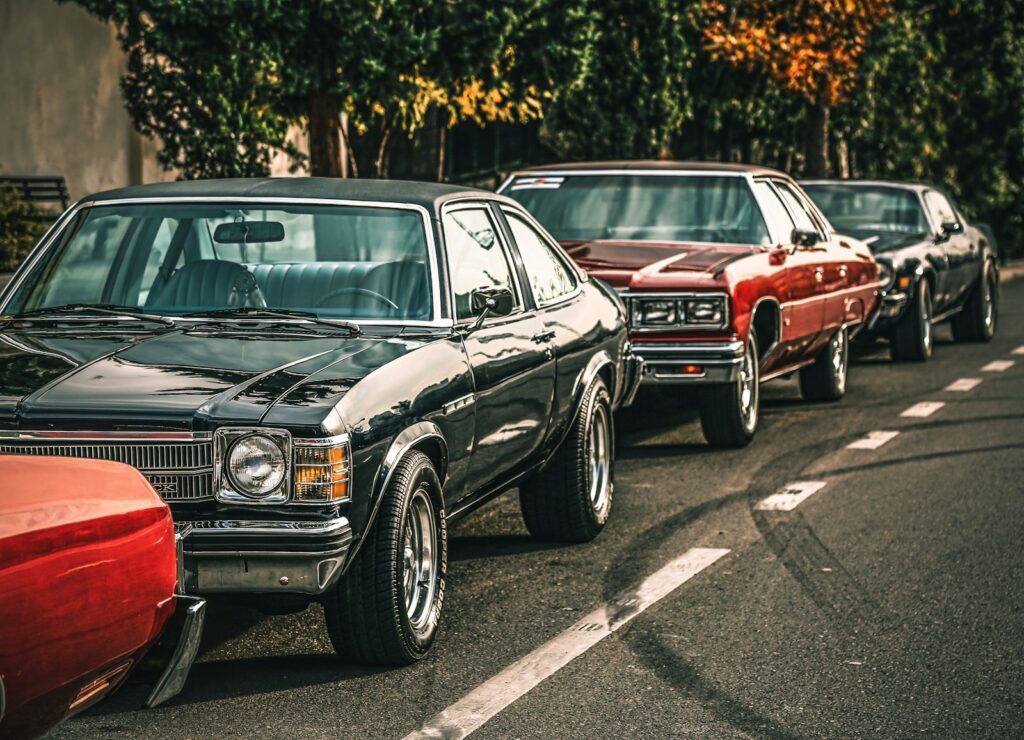
8. **Exclusivity and Rarity**:Some people are inherently drawn to possessing objects that are both rare and beautiful, and classic cars perfectly encapsulate this desire. Unlike modern vehicles, a classic car represents something truly finite—a design or model that will never be produced again. This inherent scarcity elevates its status to that of a rare commodity, making it immensely desirable for collectors seeking unique acquisitions that embody a distinct historical period.
Owning one or more cars that belong to a limited production run can be an intoxicating experience, imbuing the owner with a profound sense of pride. This isn’t to suggest that collectors prioritize exclusivity over the vehicle’s intrinsic merits; rather, they appreciate all its characteristics, particularly the privilege of owning a small, tangible piece of history that stands apart from the common. For these enthusiasts, classic cars are not merely transportation; they are revered as works of art, whose value is intrinsically linked to their unique place in automotive lore and the limited numbers in existence.
The rarity of certain classic models is a primary driver of their investment potential and sustained appeal. As the context asserts, “if your vehicle is iconic, there will always be a demand for it,” highlighting the enduring value of these automobiles. Limited production numbers, discontinued models, and unique features contribute significantly to their desirability in the collector’s market. This dynamic scarcity ensures that classic cars hold a special, coveted place, guaranteeing their continued allure for those who seek to own something truly unique and irreplaceable.
The prestige associated with owning a rare classic car extends beyond mere personal satisfaction. It often places individuals within an exclusive circle of connoisseurs, fostering connections and recognition within the classic car community. This blend of personal pride, investment acumen, and social standing, all rooted in the car’s rarity, underscores why exclusivity remains a potent force in drawing enthusiasts to these magnificent machines.
Read more about: Wheels of Fortune: Uncovering 15 Legendary Celebrity-Connected Cars That Revved Past a Million Dollars
9. **Customization Opportunities**:Classic cars offer an unparalleled canvas for personalization, providing collectors with unique opportunities for customization that contemporary vehicles rarely match. Many enthusiasts relish the chance to imbue their vehicles with personal touches, meticulously updating features or modifying aesthetics to align perfectly with their individual tastes and visions. Whether the goal is to integrate modern comforts seamlessly into the interior or enhance engine performance for a more thrilling and responsive drive, classic cars serve as ideal platforms for creative and deeply satisfying projects.
This freedom for extensive customization empowers collectors to express their unique personalities through their automobiles, transforming each vehicle into a singular, bespoke creation. It’s an act of automotive artistry, where the owner becomes a co-creator, infusing their spirit into the machine. From subtle modifications that preserve historical accuracy to more radical transformations, the possibilities are vast and limited only by imagination and skill, allowing for true self-expression on the road.
Some enthusiasts even master the delicate art of blending eras, specializing in restoring classic cars with discreet contemporary upgrades while scrupulously preserving the vintage exterior. This innovative approach allows a car to embody a harmonious combination of old-world charm and new-age functionality, appealing to a broad spectrum of preferences. It’s about creating a vehicle that not only looks stunningly classic but also performs and feels exactly as the owner desires, merging nostalgia with modern convenience.
The ability to personalize these machines makes classic car collecting an even more engaging and profoundly satisfying endeavor. It’s an arena where mechanical skill meets artistic vision, where historical reverence can coexist with modern innovation, and where every modification contributes to a vehicle’s unique narrative and its owner’s distinctive style. This bespoke aspect is a powerful motivator, ensuring that each classic car can truly reflect the individual behind the wheel, making it a true extension of their identity and passion.
Read more about: Why Your Trusted Older Car Might Secretly Be Draining Your Wallet: Unpacking Unexpected Insurance Premium Hikes
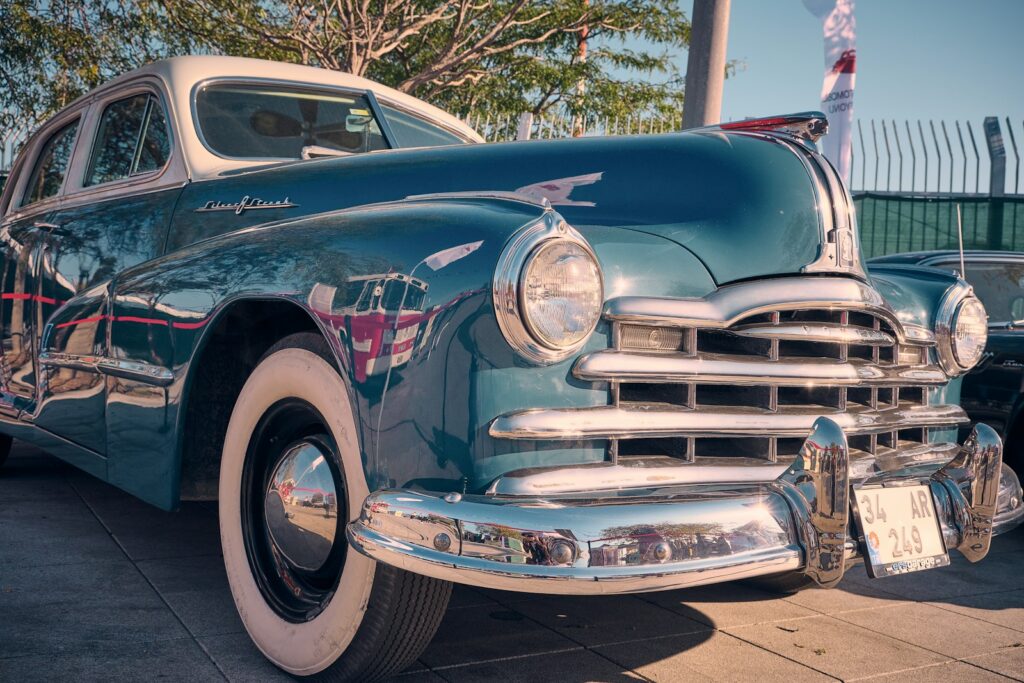
10. **Heritage and History Preservation**:Classic cars are far more than just vehicles; they are living pieces of history, acting as tangible links to our collective past that continue to inform and inspire. Many collectors view their cherished automobiles as vital tools for preserving automotive heritage, understanding that ownership extends beyond a mere machine to encompass the rich story embedded within it. Each classic car, whether a rare model, one with profound historical significance, or a vehicle representative of a pivotal period, carries a narrative waiting to be shared and studied.
For enthusiasts deeply passionate about history, the role of a collector often transforms into that of a devoted caretaker for these irreplaceable vehicles. They commit substantial time, effort, and resources to meticulously maintaining these cars, ensuring their longevity and enabling them to continue recounting their stories to future generations. In this profound sense, classic cars transcend their mechanical function to become invaluable cultural artifacts, safeguarding the legacy of past automotive innovation, design philosophies, and societal aspirations.
The act of preserving these vehicles connects owners not just to the machinery, but intimately to the cultural values, economic conditions, and technological advancements of their specific eras. For instance, the sleek lines of a 1960s Corvette can evoke the optimism of the space race, while a 1950s Chevy Bel Air might recall post-war prosperity and the rise of suburban life. This personal connection to history provides a profound sense of purpose, turning the hobby into an important cultural contribution.
Ultimately, by cherishing these old machines, we simultaneously honor and preserve the human ingenuity and historical context that brought them to life. It is a continuous effort to keep alive the stories of the engineers, designers, and eras that shaped them, making classic car preservation a vital part of understanding our own industrial and cultural evolution. These efforts ensure that the lessons and beauty of automotive history remain accessible and appreciated.
Read more about: The Resonant Revival: A Smithsonian Magazine Guide to Unearthing the Craft of Classic Musical Instrument Restoration
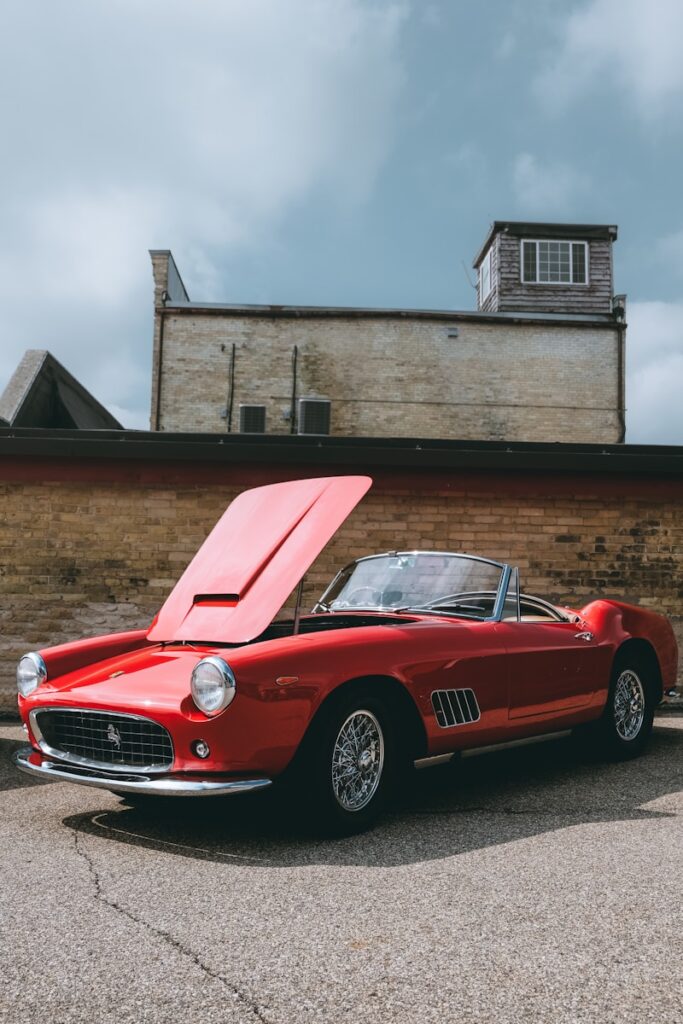
11. **Connection to Automotive Culture**:Classic cars occupy a truly special and revered position within the broader tapestry of automotive culture, embodying its very essence. For collectors, these magnificent machines are potent symbols of an era when cars represented more than mere transportation; they embodied an expression of style, an emblem of freedom, and a testament to boundless innovation. Often, classic cars are seen as the pinnacle of automotive design and engineering from their respective eras, making them an integral and cherished part of the ongoing automotive narrative that continues to evolve.
Enthusiasts deeply passionate about the culture surrounding automobiles profoundly appreciate the deeper connections these vintage vehicles offer. This appreciation spans from delving into the rich histories of their iconic brands—understanding the foundational philosophies and breakthroughs—to recognizing the significant roles they played in shaping popular culture and societal norms. Classic cars continue to be celebrated as enduring icons of automotive history, their stories interwoven with personal and collective memories of the open road and technological progress.
Being an active participant in this vibrant culture, contributing to its preservation and discourse, is a key reason why many collectors remain devoted to pursuing classic cars. This involvement often includes joining car clubs, attending rallies, and engaging in online forums where expertise and passion are freely exchanged. These platforms foster a robust community where like-minded individuals can share their enthusiasm, learn from one another, and collectively uphold the traditions and values of classic motoring.
These vehicles foster a sense of belonging among enthusiasts, creating a shared language and a collective appreciation for mechanical artistry and historical context. Classic car shows and clubs serve as vibrant hubs where this culture is nurtured, allowing individuals to immerse themselves in a world that celebrates the beauty, engineering, and storytelling inherent in these magnificent machines. It’s a connection that transcends mere ownership, becoming a lifestyle built around shared passion and a commitment to keeping the spirit of classic motoring alive.
Read more about: Quietly Retired: Unearthing the Vanishing Manual Transmissions in Today’s Rental Car Market
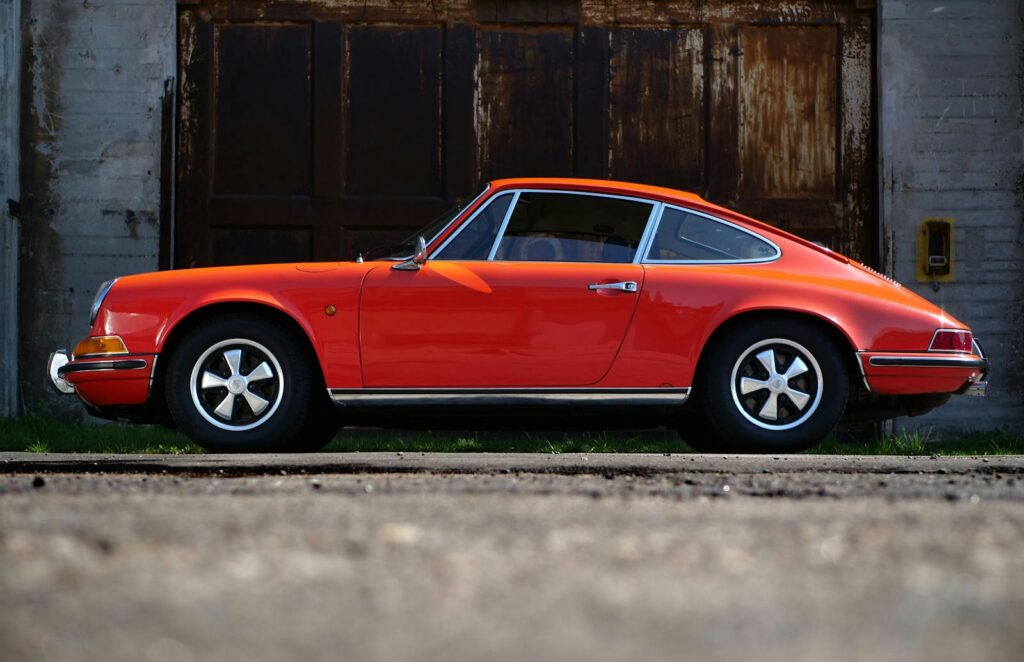
12. **A Connection to Pop Culture**:The indelible presence of classic cars in films, television shows, and advertisements has cemented their status as true icons within pop culture, perpetually maintaining and even amplifying their widespread popularity. Instantly recognizable models such as James Bond’s sleek Aston Martin DB5, Steve McQueen’s Mustang in *Bullitt*, or the time-traveling DeLorean from *Back to the Future* have transcended their original purpose, becoming deeply embedded in the collective American consciousness. These countless portrayals have transformed vintage vehicles into cultural touchstones that resonate across generations and continue to inspire new fans.
This pervasive media exposure plays a crucial role in sustaining the allure of classic cars, ensuring their continued relevance and desirability for both seasoned collectors and new admirers alike. These vehicles are not simply historical relics confined to museums; they actively remain a vibrant part of modern culture, frequently appearing in new media and advertisements, appealing to a broad and diverse audience. Their enduring appeal is intimately intertwined with American identity, allowing them to evoke a powerful sense of pride and passion in those who encounter them on screen or in person.
By constantly appearing in popular media, classic cars introduce their unique charm to new generations, sparking curiosity and fostering a renewed appreciation for their design, engineering, and historical significance. This continuous cycle of cultural relevance ensures that the legacy of classic cars endures, making them timeless in their appeal and solidifying their place as beloved symbols that continue to inspire and entertain. They become characters in their own right, lending gravitas and cool to countless cinematic moments.
Furthermore, the iconic status achieved through pop culture contributes significantly to their collectibility and investment value. A car that has been immortalized on film carries a certain mystique and desirability that sets it apart, making it a prized possession for enthusiasts and investors alike. This powerful association helps cement their place not just in garages, but in the annals of cultural history, proving their worth beyond mere mechanics.
Read more about: Quietly Retired: Unearthing the Vanishing Manual Transmissions in Today’s Rental Car Market
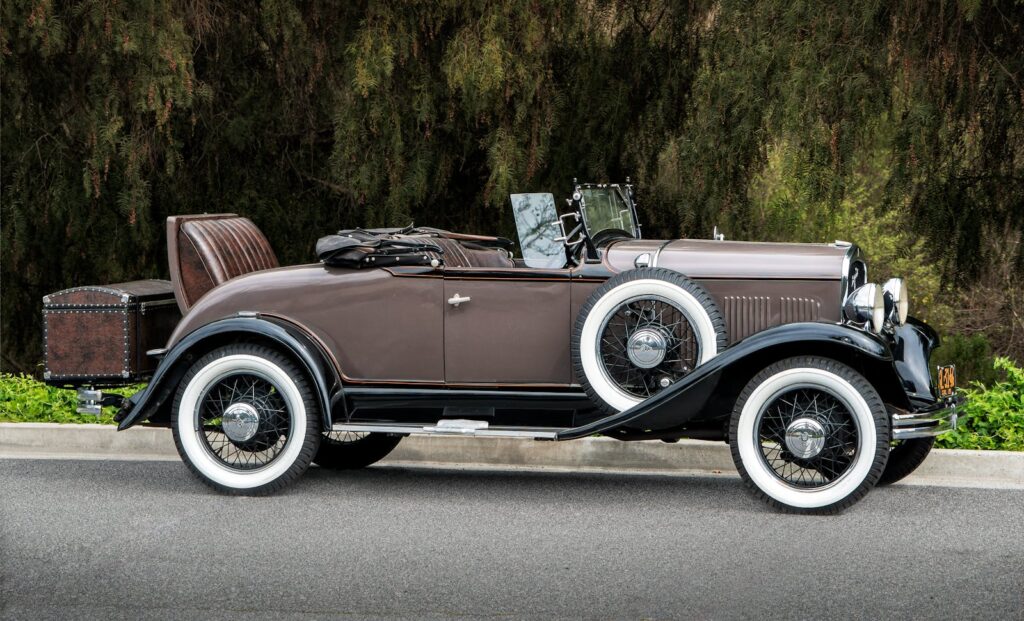
13. **The Unique Sensory Driving Experience**:Driving a classic car offers a profoundly unique and visceral experience that modern automobiles, with their emphasis on insulation and digital interfaces, simply cannot replicate. The distinctive rumble of a vintage engine, the unmediated feel of the road beneath the tires, and the engaging simplicity of operating a machine with fewer technological distractions all converge to create a more hands-on, deeply immersive encounter. For countless collectors, this raw, unfiltered connection to the act of driving stands as one of the most compelling attractions of owning a classic car.
In an era dominated by automated systems and digital screens, classic cars transport drivers back to a time when every action required intentionality and direct engagement. Features like manual transmissions engage the driver in a tactile dance, transforming gear shifts into an almost artistic endeavor. The absence of modern driving aids, such as power steering assistance or lane-keeping systems, demands a heightened level of skill and focus, forging an intimate bond between the car and its driver that is increasingly rare in contemporary vehicles. This analog driving experience is highly cherished.
Beyond the physical act of driving, the smells and sounds emanating from a classic car are equally unmistakable and passionately cherished. The deep thrum of a V8 engine, the rhythmic clatter of a carburetor, or the high-pitched whine of a straight-six motor create a symphony of the past, distinct from the subdued acoustics of modern cars. Alongside the evocative scents of aged leather, oil, and warm metal, these sensory cues coalesce into an immersive, time-traveling experience that captivates and enthralls enthusiasts, year after year.
These vehicles are essentially time machines, offering a multisensory journey to a bygone era. Modern cars, with their insulated cabins and silent electric motors, simply cannot replicate this rich tapestry of sensations. It’s this profound connection to the art of driving and the distinct character of each machine that keeps collectors deeply passionate about their vehicles, making every journey a memorable event that goes far beyond simple transportation.
Read more about: The Best Convertible Cars for Cooler Climates: Our Top Picks for Year-Round Open-Top Driving
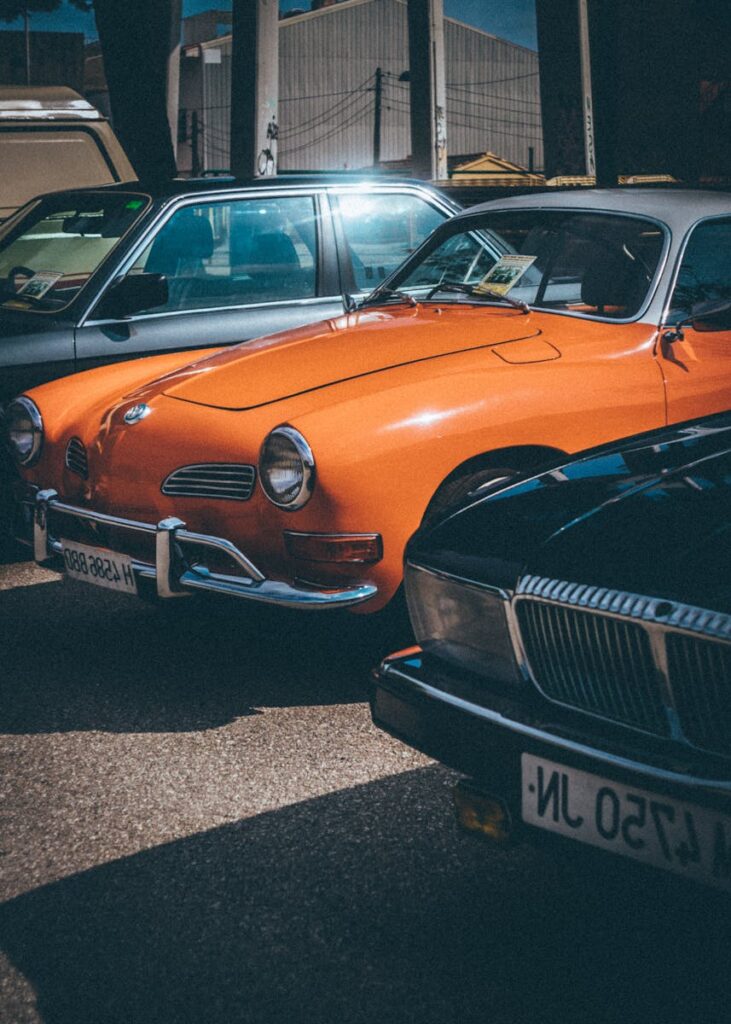
14. **Educational Value and Tribute to Innovation**:Classic cars inherently possess immense educational value, serving as dynamic, tangible connections to history that allow us to learn about the evolution of engineering, design, and manufacturing over many decades. For both lifelong aficionados and casual admirers, these vehicles offer a profound understanding of how automobiles were conceived and constructed before the pervasive digital age of computers and automation took hold. They provide a unique, hands-on approach to grasping the intricacies of older engines, mechanical systems, and foundational technologies, a learning experience invaluable to students and professionals alike, inspiring a new generation of mechanics and engineers.
Furthermore, classic cars stand as a powerful tribute to innovation. In their prime, many of these vehicles were considered cutting-edge, incorporating groundbreaking technologies that would subsequently shape future automotive developments for generations. From pioneering fuel injection systems to the sleek, aerodynamic shapes that boldly pushed the boundaries of design, these cars were vibrant reflections of American and global ingenuity, embodying a spirit of relentless progress and creativity in an industrial age.
By appreciating, restoring, and showcasing classic cars, enthusiasts do more than just maintain physical objects; they actively honor the innovative spirit that propelled the automotive industry to unprecedented heights. This dedication not only acknowledges the foundational advancements of the past but also highlights just how far the industry has evolved in terms of performance, safety, and sustainability, drawing a clear line from historical breakthroughs to modern marvels. It’s a continuous learning journey and a celebration of human ingenuity on wheels.
These vehicles also offer a unique platform for intergenerational learning. Grandparents and parents often share stories of the “golden age” of motoring, teaching younger family members about mechanics, design principles, and the importance of preserving history. Such shared experiences not only cultivate a passion for classic cars but also create cherished memories and pass down valuable skills and knowledge, ensuring that the educational legacy continues to thrive.
Read more about: Beyond the Limelight: How Small-Town America Preserves the Echoes of Its Celebrities
As we’ve journeyed through the myriad reasons for the enduring allure of classic car shows, it becomes abundantly clear that their appeal is as multifaceted and rich as the vehicles themselves. More than mere exhibitions, these events are vibrant hubs where history breathes, where passion is shared, and where the past offers profound lessons for the future. They are fervent celebrations of human artistry, engineering prowess, and the powerful, timeless connections we forge with machines that embody both undeniable beauty and the spirit of a bygone era. Whether driven by the desire for exclusivity, the profound joy of customization, the unwavering commitment to preservation, the rich cultural narrative they embody, the immersive sensory drive they offer, or their sheer educational depth, classic cars continue to captivate hearts and minds. Their legacy, meticulously preserved and passionately celebrated, ensures that the romance of the automobile will forever echo on the open road and in the hearts of generations to come.


